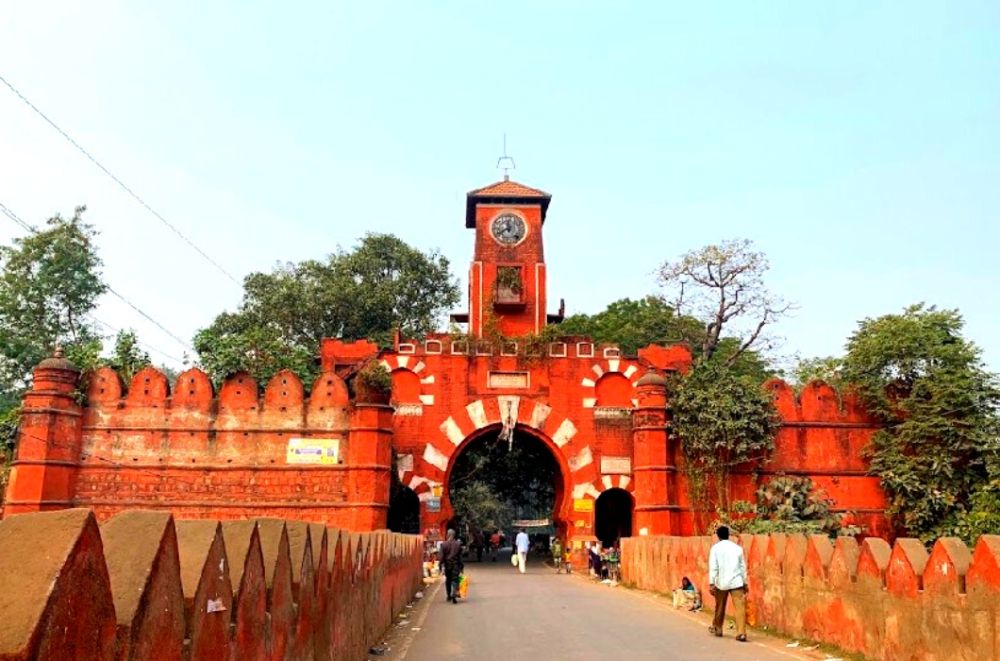

Munger Fort is a historical fortification located in Munger, in the Indian state of Bihar. It has been an important military and administrative center for various dynasties including the Mughals and the British Empire. The fort has a rich history that dates back several centuries and has played a pivotal role in the regional politics and economy of Bihar.
Munger Fort's tryst with tourism is a relatively recent phenomenon when compared to its long-standing historical significance. While the historical legacy of Munger Fort dates back to the early medieval period, its emergence as a tourist destination is tied to the increasing interest in India's heritage sites, particularly in the latter part of the 20th century.
In the past, Munger Fort's potential as a tourist destination was overshadowed by more iconic sites in India. However, the efforts of the Indian government and historians helped in slowly bringing the fort to the limelight. Initial tourism at Munger Fort revolved around academic and historical interests, with scholars and history enthusiasts forming the primary visitors.
By the turn of the 21st century, there was a global surge in heritage tourism, and India, with its copious historic monuments, was poised to benefit significantly from this trend. Munger Fort began receiving increased attention as heritage tourism in Bihar started to develop. Along with popular attractions like the ruins of Nalanda University and the Mahabodhi Temple in Bodh Gaya, Munger Fort started to appear on the tourist map.
Government initiatives such as 'Incredible India' have played a vital role in promoting lesser-known destinations, including Munger Fort. The Bihar government has been instrumental in launching campaigns to showcase the state's historical and cultural assets, bringing heritage sites like Munger Fort into mainstream tourism.
Today, Munger Fort is not just a place for history buffs. It attracts a range of tourists, from cultural enthusiasts to adventure seekers. Tourism trends show that visitors are increasingly interested in comprehensive experiences that include historical tours peppered with local culture and traditions. The natural beauty surrounding the area, with the Ganges flowing nearby, adds to the appeal, offering tranquil boat rides and riverside leisure activities.
In response to the growing number of visitors, there has been significant development in tourist facilities around Munger Fort. Tourist lodgings, information centers, and the restoration of the fort itself all contribute to the site's growing popularity. Furthermore, annual cultural festivals and fairs have been initiated to attract tourists during specific times of the year, contributing to the local economy and the fort's tourism profile.
Nevertheless, the increasing influx of tourists brings its own set of challenges, including the need for sustainable tourism practices to preserve the fort's integrity. There are ongoing conservation efforts to ensure that the historical and architectural value of Munger Fort is maintained for future generations while continuing to welcome tourists from all over the world.
Munger Fort's journey in the realm of tourism echoes the changing perceptions and interests of travelers over the decades. From an obscure historical site to a notable destination in Bihar's tourism map, the fort has embraced its role in showcasing the region's rich past. It continues to draw visitors with its blend of antiquity and cultural depth, testament to Bihar's ongoing commitment to its heritage preservation and tourism development.